Some people say that the interconnectedness of the world today is thanks to roads and others say that it’s thanks to commercial flights becoming more affordable. But the true heroes behind this are cables. Electrical cables can be found everywhere today, from home appliances and RV equipment to solar panels and electric vehicles. Cables are what keeps us truly connected, especially when it comes to staying in touch with people. The internet runs on cables on the seabed that connect continents.
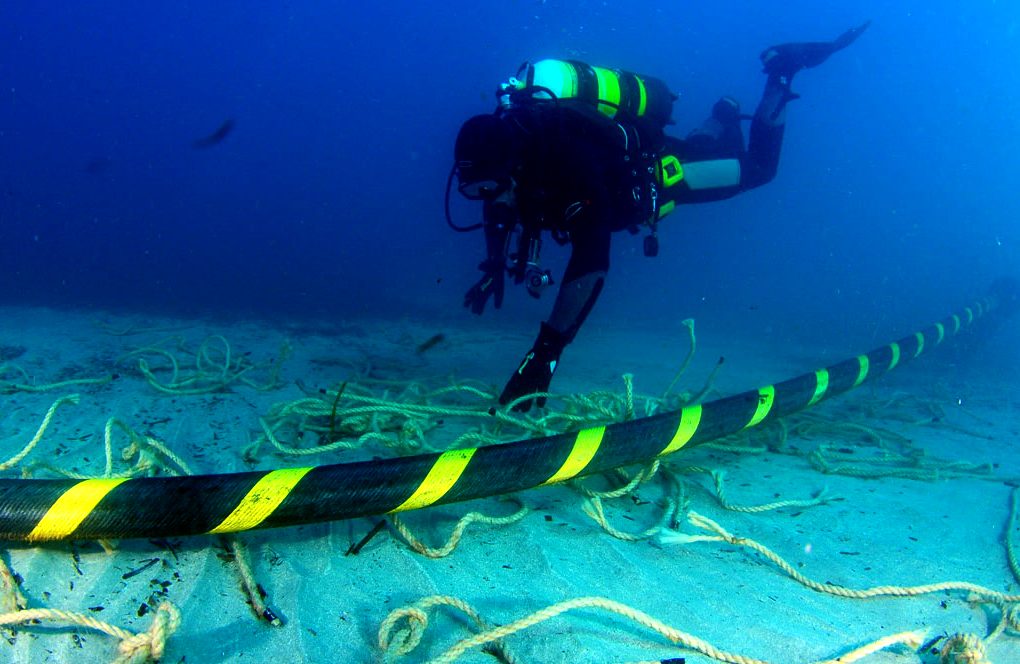
This is also how the UK and Japan are connected with the longest telephone cable ever, measuring 270,000 km long and being able to carry 600,000 calls at once.
Cables are also used to construct bridges with the longest ever cable being made for the Golden Gate Bridge. These cables are long enough to go around the world three times and are made from more than 27,500 wire stands. While cables are not the only way we stay connected, they are the most reliable way since they can transport a lot more information than a radio signal. Although newer technologies such as 5G and Li-Fi are exciting, they are not as developed or as accommodating as wired connections yet.

Can You Recycle Electrical Cables?
When it comes to electrical cables, recycling is possible but not everything can be recycled. While one electrical power cable can be recycled, a different can’t be recycled as much or completely. Some materials found in a standard electrical cable such as aluminium and copper are recyclable but others aren’t, for example.
Types of Electrical Cables
Coaxial
One of the most well known electrical power cables is the coaxial cable which is used to transmit high-frequency signals. This is also the reason why a coax cable has four layers of insulation, including a metallic shield for blocking noise interference. You’ll find this type of cable used to connect the signal for your TV.
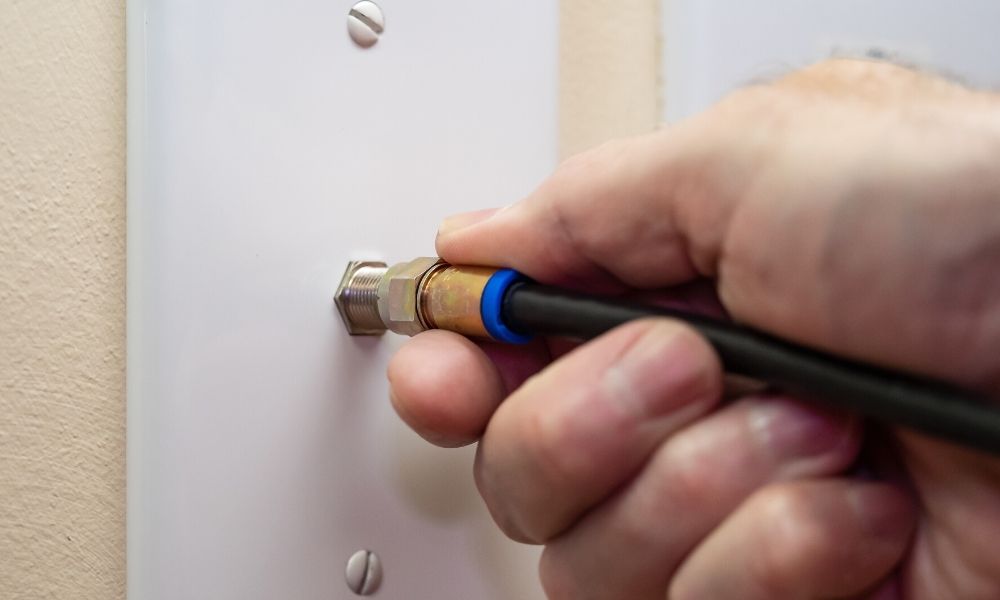
Triaxial
A triaxial or a Triax cable, as it’s also known, is a type of coaxial cable that comes with an additional layer of insulation on top of the base four. That outer shielding layer is grounded to protect the inner metallic shield from electromagnetic interference.
Twin-Axial
With a twin-axial or Twinax cable, you have two inner conductors which are insulated and twisted together. Surrounded by a braided shield, the twin-axial electrical cable is used in high-speed short-range applications, which is why it’s commonly found used for 10 Gigabit Ethernet networks.
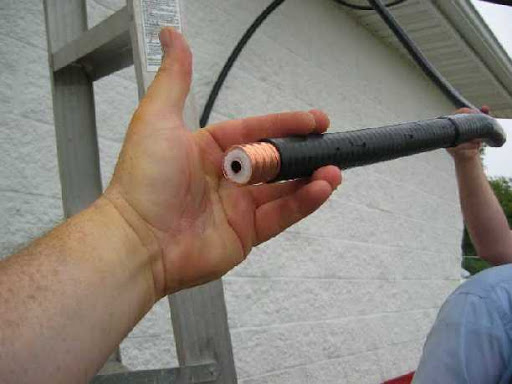
Heliax
Known by their trademark Heliax name, hard-line coaxial cables are thick cables with a solid centre conductor which is made from copper. The shielding of this cable is also made of copper and you can also find it made of silver. High-frequency broadcast transmissions are the most common applications of hardline coaxial cables.
Radiating
A radiating cable is another type of coaxial cable made with the intention to let RF waves in and out. This is why the shielding of these cables is made with slots so it can be used in places where an antenna is not practical like elevators shafts and underground tunnels.
RG-6
Another extremely common coaxial cable is the RG-6. This type of cable is used for signal transmission in both commercial and residential applications. Made from a solid copper wire and plastic insulation, the RG-6 comes covered in aluminium foil and braided shielding. This electrical power cable can be used for both video and audio signals transmissions.
UTP
Cables that don’t have extra shielding or protection against noise are known as UTP or unshielded twisted pair cables. UTP has two insulated wires put together as a twisted pair. The twisting is done to help reduce electromagnetic interference or noise hence why there is no shielding.
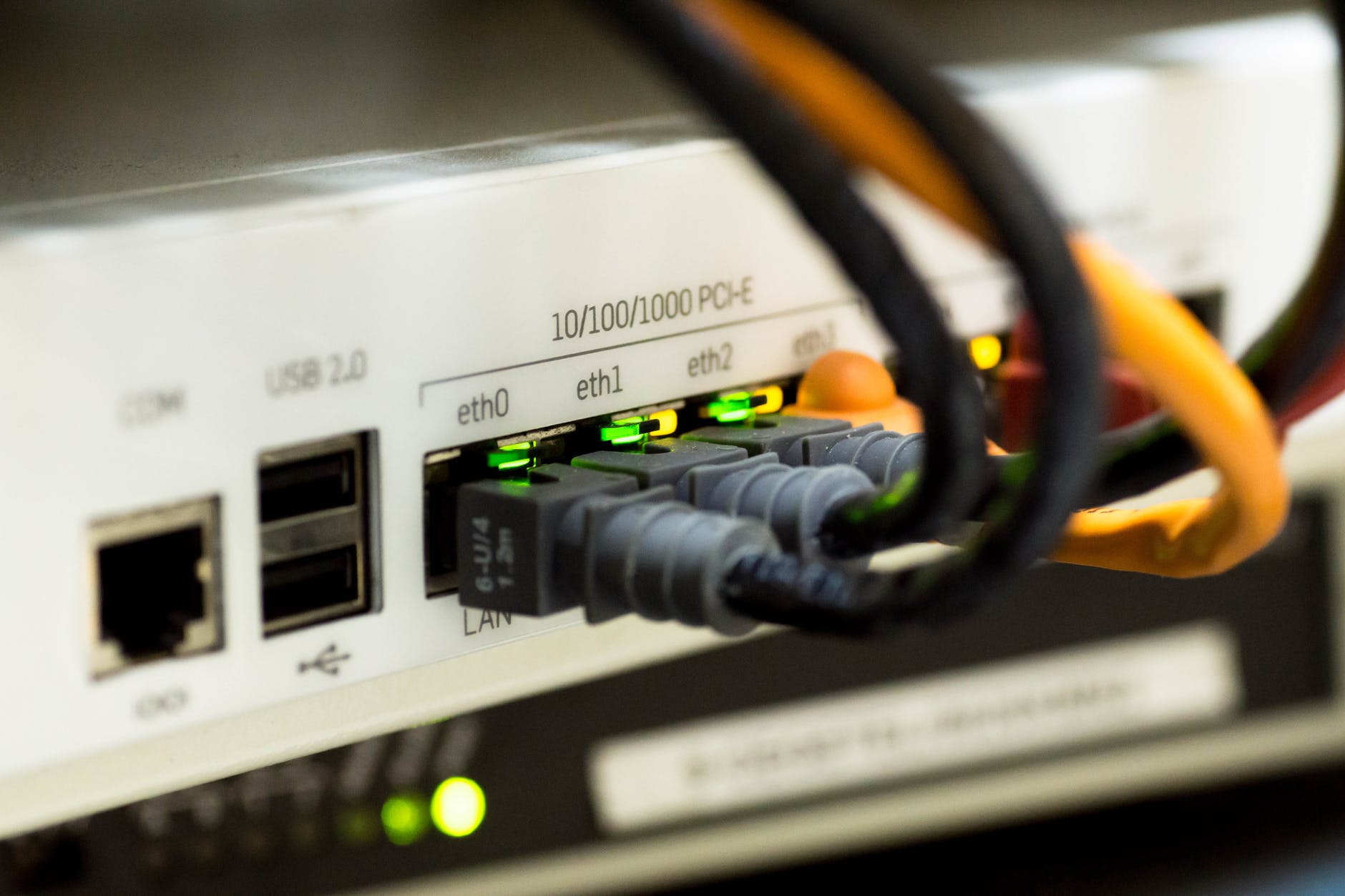
STP
If someone needs to use cables that might end up being affected by external environmental interference, they will end up using an STP cable. A shielded twisted pair cable is the same as a UTP cable, except that it has an extra layer of foil that keeps the wires safe from any external factors, be it environmental or not.
Fibre Optics
The newest advancements in cable technology utilise flexible and thin, transparent fibres made of glass. The data is transmitted in the form of light through the fibres which are no thicker than a human hair.
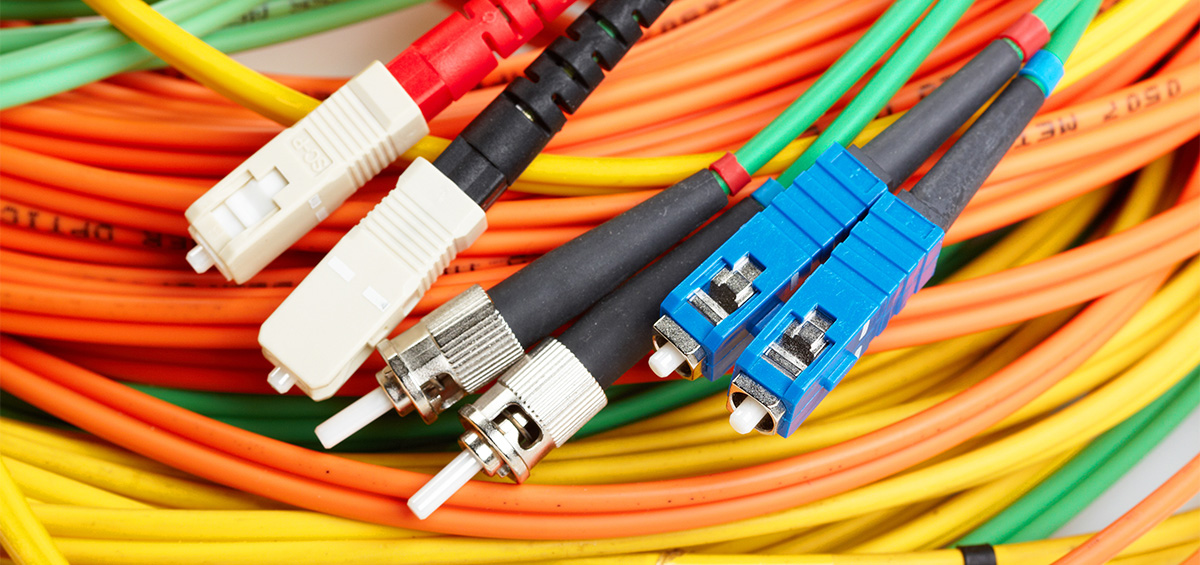
Each fibre is covered in plastic insulation with external protection that keeps the fibres safe from interference.
























